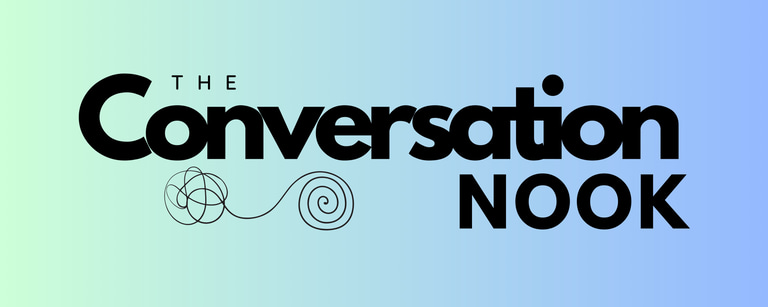The Mind’s Time Travel: What Introspection and Retrospection Teach Us About the Present
Feeling stuck in overthinking or emotional overwhelm? You’re not broken. Learn how to turn introspection and retrospection into powerful tools for self-awareness, clarity, and emotional mastery. The problem isn’t thinking too much—it’s thinking without direction.
Swetha Dhantal
7/19/20253 min read


We know that self-awareness is a foundational element of emotional intelligence.
But here’s what most people miss:
Self-awareness isn’t a fixed trait.
It’s a skill—one that can be learned, sharpened, and strengthened to enhance how we navigate our inner and outer worlds.
And two of the most underused, often misunderstood tools to build that skill?
🔍 Introspection and 📖 Retrospection.
What They Are—and Why We Misuse Them
Think of introspection and retrospection as two sides of the same emotional intelligence coin.
Retrospection looks back. It’s the lens we use to scan the past—not to judge or dwell, but to extract. To recognize patterns, learn from what’s already happened and celebrate resilience strength.
Introspection looks inward and forward. It’s the mental rehearsal we do when asking, “Who am I becoming?” or “What kind of life am I building?” or "What will I do today that meaningfully moves me closer to the life I want?”
When used well, they’re tools for clarity, alignment, and emotional regulation.
But when misused?
Retrospection becomes rumination—and can spiral into self-blame or depressive loops.
Introspection becomes anxiety—a mental overload of "what ifs" and over-preparation.
I See It All the Time:
Clients say things like:
“I keep replaying what I should have said.”
“Even small decisions are exhausting—my brain just won’t shut off.”
“I used to be confident. Now I second-guess everything.”
And then they ask:
“How do I fix this?”
“How do I make it stop?”
Here’s what I tell them:
It’s not something to fix.
It’s a skill you can learn.
A strength that simply needs polish.
When we don’t learn how to pause, observe, and lead our thoughts, we get lost in them.
We become overwhelmed—not because we’re weak, but because we were never taught how to lead the mind. Only how to be led by it.
The Problem Isn’t “Thinking Too Much.”
Let’s set the record straight:
Overthinking isn't the villain.
Overthinking built skyscrapers.
It launched rockets.
It sparked revolutions and reshaped civilizations.
The real problem?
Thinking without direction.
Thinking without structure.
Thinking without purpose.
Thinking without intention.
Retrospection without intention leads to regret.
Introspection without boundaries leads to spiraling.
But when both are guided with skill and intention?
They become maps.
So, Where Does the Present Fit In?
This is the part we often miss:
Self-awareness lives in the present.
You can’t apply lessons in the past.
You can’t act on a vision in the future.
Both only become useful now—when you:
✔ Recognize a pattern as it’s happening
✔ Regulate your emotional state in real time
✔ Choose a response that aligns with your values—not just your reflexes
This is the beginning of true self-regulation:
Not by escaping your mind, but by leading it.
A Simple Framework
1. Retrospection
🔹 Focus: The Past
🔹 Purpose: learn, recognize or release what no longer serves you
2. Introspection
🔹 Focus: The Future
🔹 Purpose: prepare, design your path, and align with who you're becoming
3. Self-Awareness
🔹 Focus: The Present
🔹 Purpose: apply insights, regulate emotions, and choose your response in real time
Skip retrospection, and you lose context.
Skip introspection, and you lose vision.
Skip the present, and you miss your life.
Final Thought
Your thoughts aren’t the enemy....They’re signals.
But without direction, they default to survival-mode:
Replaying
Worrying
Avoiding
Over-controlling
When you bring intention to how you reflect and think, you reclaim your emotional experience—and unlock the power of the present moment.
This is what we practice at The Conversation Nook.
Not how to quiet the mind.
But how to lead it.
If this speaks to you, follow along or explore how we can work together. Because emotional mastery isn’t just a theory—it’s a practice.
And it starts here.
Thank you
Swetha D
The Conversation Nook

